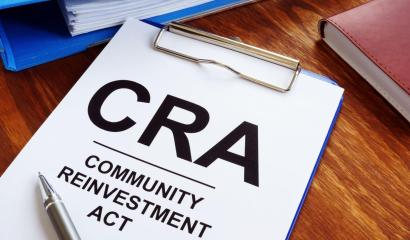Ali Abbas
Sustainable Finance Disclosure Regulation (SFDR): an overview
The Sustainable Finance Disclosure Regulation (SFDR) is a regulatory framework helping to standardise environmental, societal and governance (ESG) asset claims and provide clearer comparisons between investments.
Introduced in March 2021, it exists alongside other European Commission regulation in order to prevent greenwashing and provide transparency around sustainability risks.
History of the Sustainable Finance Disclosure Regulation
First proposed in 2019, the SFDR works in collaboration with the EU’s Taxonomy Regulation and European Green Deal to support sustainable investment growth. These guidelines function coherently in order to achieve a common goal: carbon neutrality by 2050.
Two barriers to achieving the Green Deal include the lack of ESG financial assets or products, and transparency around how sustainable these investments really are.
Therefore, the SFDR exists in order to address the secondary issue of transparency and prevent greenwashing.
The regulation sets out specific disclosures that may apply to your financial product as asset managers. A sustainability disclosure will help consumers understand and compare different products.
Different SFDR mechanisms are applied to financial advisers or fund managers, who are also required to disclose sustainability information for investment decisions.
Key provisions of the Sustainable Finance Disclosure Regulation
The SFDR’s disclosures are associated with financial assets that claim to have ESG characteristics. It applies to both financial advisors who provide investment advice, and companies who manufacture or sell financial products on the market.
In order to aid investors in their financial decision-making, disclosure requirements include both positive sustainability factors, and adverse sustainability impacts.
Determining any principal adverse impact (PAI) is likely to be a challenging part of the disclosure obligations. However, the purpose of this element is to provide adequate notice to investors who may want to adapt their economic activity or investment strategy in response to any news or updates.
The SFDR creates a standardised method to discuss sustainability and allows for an easier comparison between “sustainable” products. The sustainability indicators in this framework ensure that consumers are informed to make responsible investment decisions.
Compliance and regulation considerations
As a financial market participant who falls under the framework of the SFDR, there are a few considerations to make in order to comply with the new regulation.
Firstly, determine whether SFDR applies at an entity level or not. If you qualify as an entity, you’ll have over 500 employees or consider principal adverse impacts. You must publish information on:
- the policies used in the sustainability integration of investment products
- an Adverse Sustainability Impacts Statement
- the remuneration policies relating to sustainability objectives or ESG risks
At a product level, you must provide information on:
- a pre contractual disclosure explaining the manner of which sustainable investing risks are incorporated into the overall strategy
- how and why an index or benchmark relates to ESG considerations, and the results of testing
- the extent to which sustainability objectives have been met against regulatory technical standards.
CUBE uses next-generation AI to track, capture and map every relevant regulatory obligation to your business and business areas. So you know what’s changed, what’s in force, and how it applies to your existing policy and control framework, in an instant.







